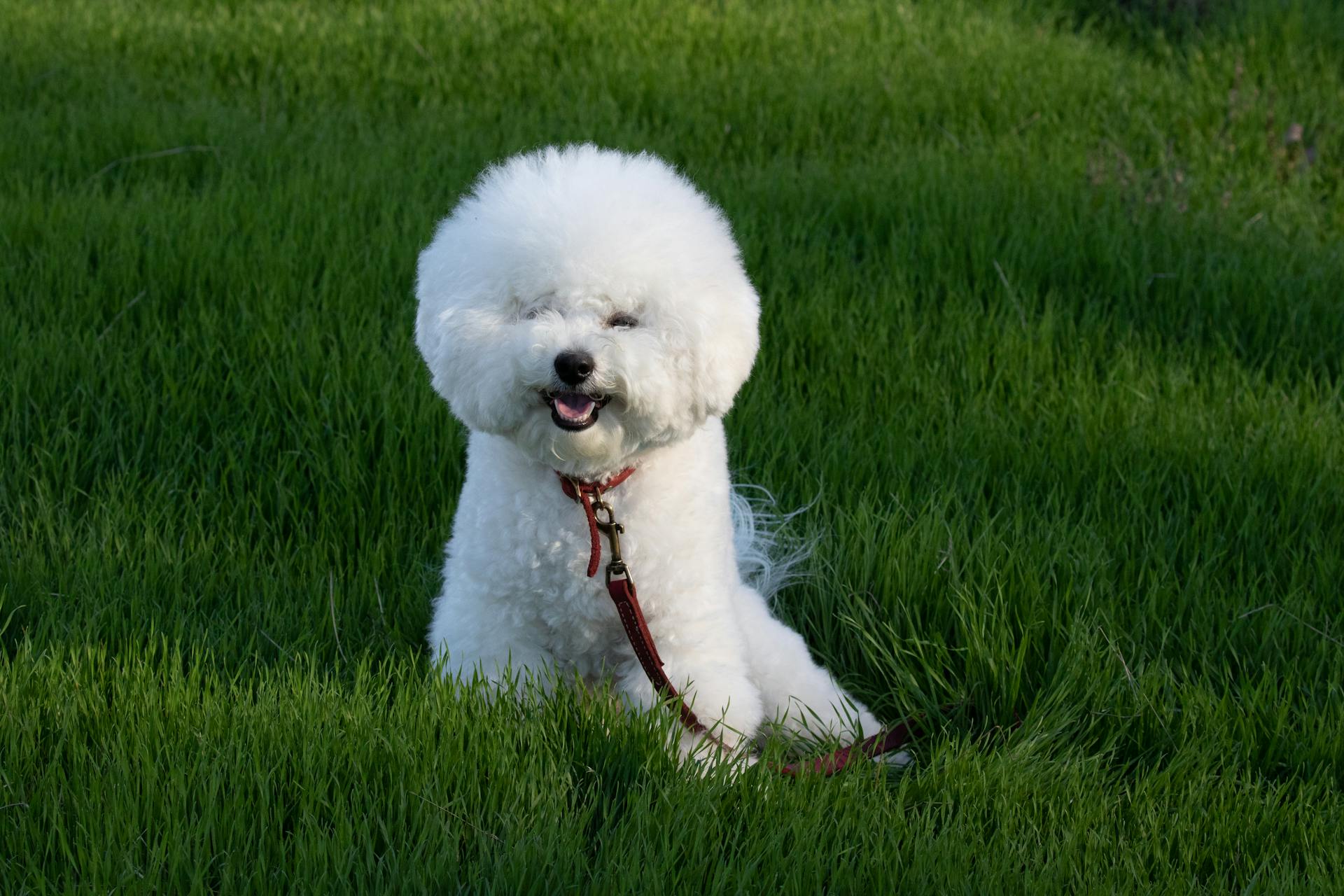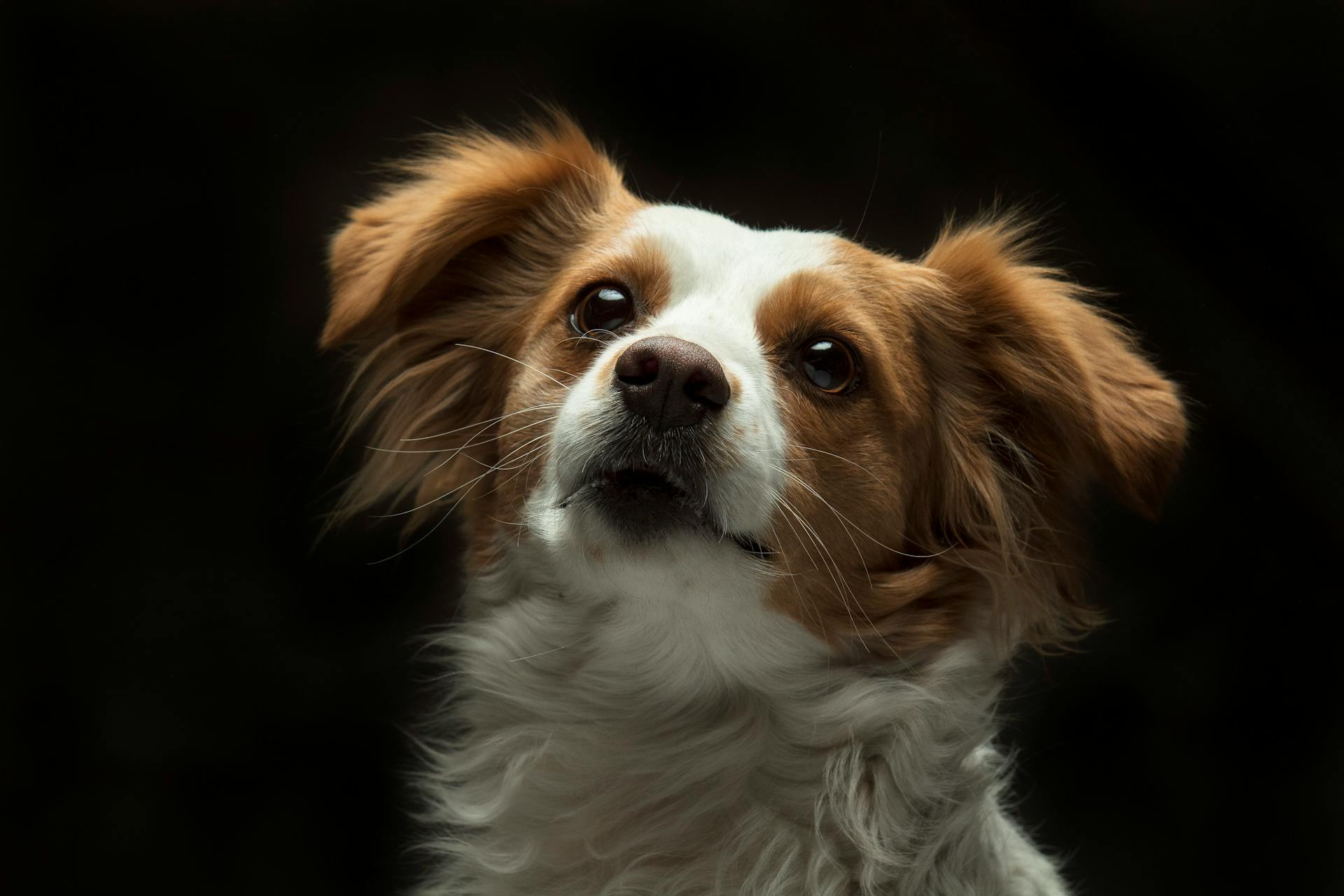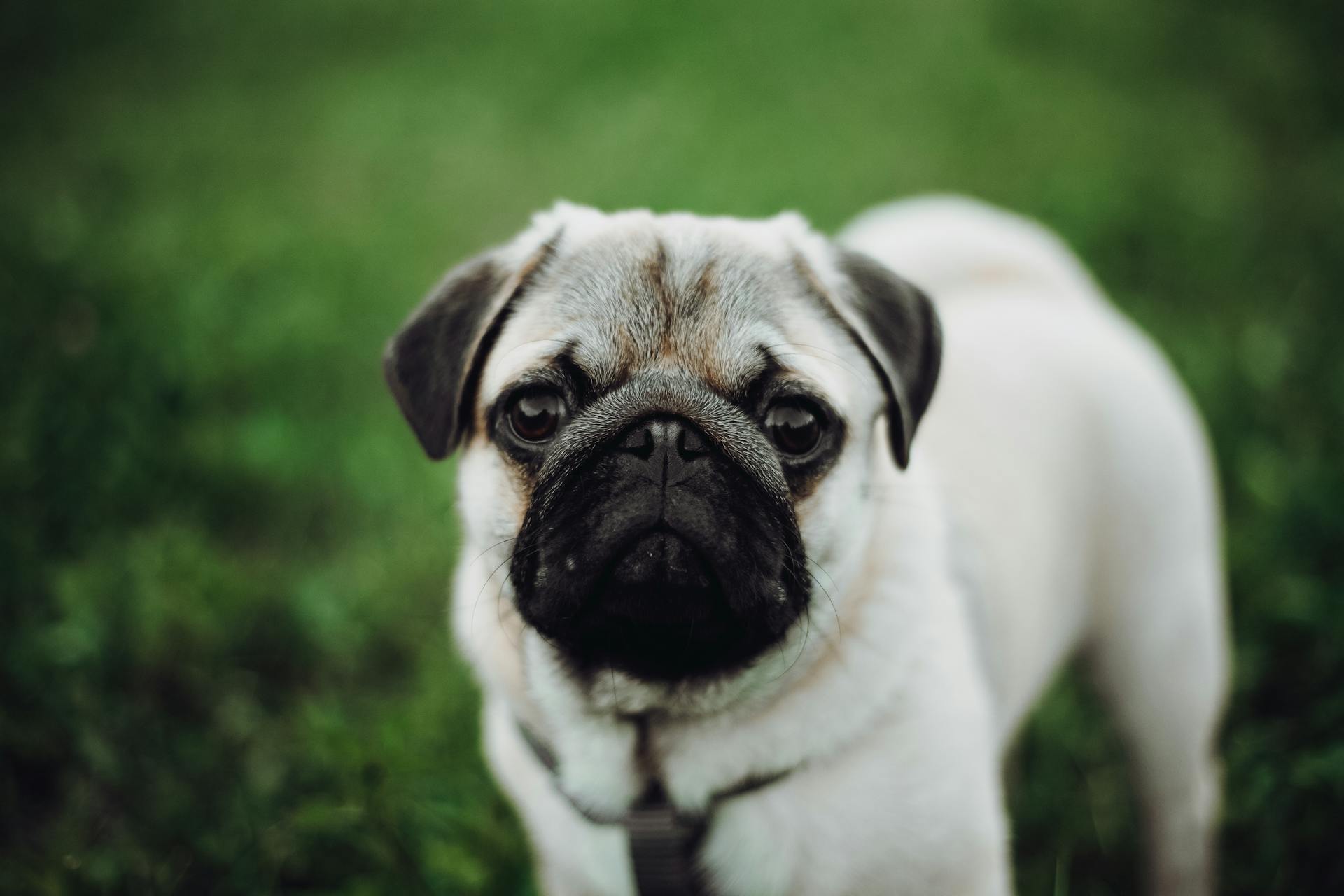
The Xoloitzcuintle, a breed as unique as its name, has a rich history that spans thousands of years. The Xoloitzcuintle is believed to have originated in Mexico, specifically in the region of the Aztecs and Mayans.
Its name, Xoloitzcuintle, is a combination of the Nahuatl words "xolotl", meaning dog, and "itzcuintli", meaning dog. This name reflects the breed's importance in ancient Mexican culture.
The Xoloitzcuintle was a sacred animal, associated with the god of the underworld, Xolotl. It was believed to have healing powers and was often mummified and buried with its owners to provide companionship in the afterlife.
In ancient times, the Xoloitzcuintle was a common sight in Mexico, where it was valued for its loyalty and companionship.
Xoloitzcuintle History
The Xoloitzcuintle History is a fascinating tale that spans centuries. This indigenous Mexican dog was said to have been created by Xolotl from a sliver of the Bone of Life.
In Aztec society, the Xoloitzcuintli played a crucial role in leading the dead to Mictlan, or the underworld. They were often ritualistically killed and buried or burned alongside their masters to ensure they were riverside to complete this vital task.
The Xoloitzcuintli was also used in Aztec medicine to cure ailments such as headaches, muscular pains, and malaria. By pressing the skin of the Xolo over the affected area, the pain would supposedly disappear.
In pre-Hispanic times, the Xoloitzcuintle was valued for its meat, which was a source of protein for the ancient Mexicans. Unfortunately, with the arrival of the conquistadors, the Xoloitzcuintle was hunted to near extinction for its meat.
The Xoloitzcuintle almost disappeared after the fall of Tenochtitlán, but it survived in remote areas such as the sierras of Colima, Jalisco, Michoacán, Oaxaca, and Guerrero.
The Breed's Significance
The Xoloitzcuintli was said to have been created by Xolotl from a sliver of the Bone of Life.
In Aztec society, the Xoloitzcuintli played a crucial role in guiding the dead to the underworld, Mictlan.
Leading the dead to Mictlan required navigating nine levels with treacherous challenges, including mountains that crashed into each other and winds that blew knives.
A Xoloitzcuintli would ferry its master across the river at the end of the journey.
To ensure their Xoloitzcuintli could complete this task, Aztecs would often ritually kill and bury or burn their dogs alongside them.
For those who couldn't afford a real Xoloitzcuintli, a pottery statue was used instead.
The Xoloitzcuintle's Story
The xoloitzcuintle is considered one of the oldest dog breeds, with a history dating back over 7,000 years.
This ancient breed was highly valued by the Aztecs, who believed it was a gift from the god Xólotl to guide the souls of the deceased through the underworld.
The xoloitzcuintle's name comes from the Nahuatl language, with "xólotl" meaning "monster" or "strange animal" and "itzcuintli" meaning "dog".
In Aztec mythology, Xólotl was a god with a dog's head, associated with the evening star and transformation.
The xoloitzcuintle was considered a sacred animal, and its hairlessness was believed to be a sign of its purity and connection to the gods.
This breed was also known for its unique characteristics, including its ability to guide the spirits of the dead and its role as a protector against evil spirits.
In Aztec tradition, the xoloitzcuintle was believed to be a symbol of duality, representing both good and evil.
Today, you can find xoloitzcuintles in the gardens of the Museo Dolores Olmedo, thanks to a gift from Diego Rivera.
Despite being an ancient breed, the xoloitzcuintle is still relatively unknown, with many people unaware of its rich history and unique characteristics.
The xoloitzcuintle's lack of hair makes it an ideal breed for people with allergies, as it produces no dander.
This breed is also known for its intelligence, alertness, and loyalty, making it an excellent companion animal.
In Aztec medicine, the xoloitzcuintle was used to treat a range of ailments, from headaches to malaria, by pressing its skin on the affected area.
The xoloitzcuintle's unique characteristics and rich history make it a fascinating breed that is definitely worth learning more about.
Challenges and Preservation
The Xoloitzcuintli was on the cusp of extinction due to the arrival of European breeds, which introduced genetic incursions that nearly wiped out the original DNA of the breed.
The breed's numbers were so low that by the early 19th Century, the Xolo could only be found in remote mountain villages.
The arrival of European breeds, such as Poodles and Dachshunds, had a devastating impact on the Xoloitzcuintli population.
In fact, recent genetic research shows that very little of the original DNA remains in the breed today.
The breed's decline was so severe that it was considered a canine last gasp, with only one dog, Chinito Junior, being recognized as an AKC champion in 1940.
However, thanks to the efforts of dog experts, the breed was able to be resuscitated in the mid-1950s, when a team of experts located ten identifiable Xolo-like dogs in the remote countryside.
These dogs formed the foundation for the breed's revival, which was further fueled by the breed's association with indigenous culture and its adoption by artists Frida Kahlo and Diego Rivera.
The breed's revival was also helped by its recognition by the American Kennel Club in 2011, after being previously recognized as a Mexican import in 1887.
Sources
- https://capitel.humanitas.edu.mx/xoloitzcuintle-historia-del-perro-y-joya-azteca/
- https://issuu.com/universidadhumanitas/docs/14capitel_creatividad_digital/s/18522092
- https://www.americanindianmagazine.org/story/Xoloitzcuintli-the-Hairless-Dog
- https://www.akc.org/expert-advice/dog-breeds/xoloitzcuintli-history/
- https://mestizomarket.com/2021/03/16/a-brief-history-of-xoloitzcuintli-breed/
Featured Images: pexels.com


